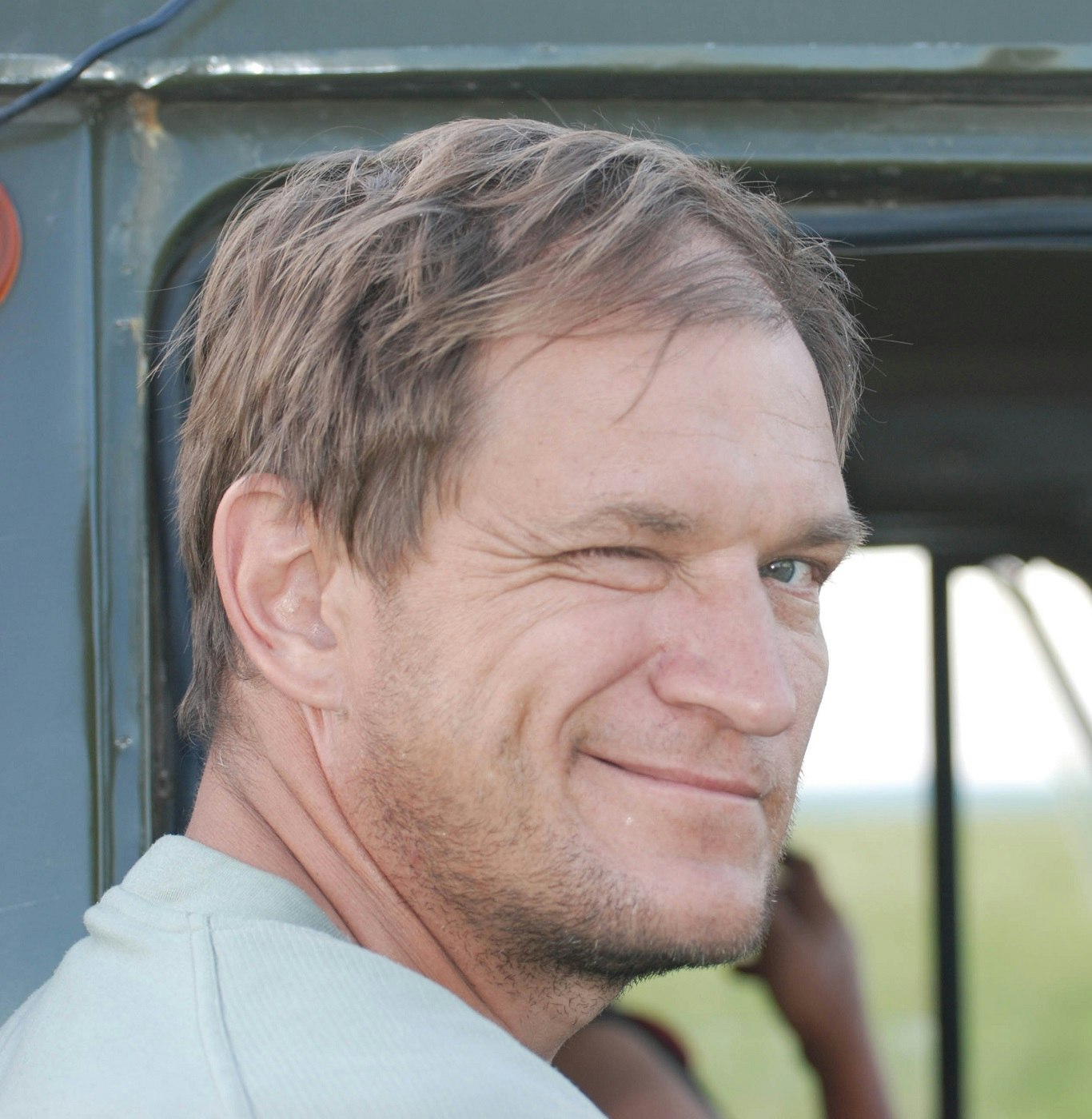The Live Daurian Steppe: Research and Conservation of migrating Mongolian Gazelles across Russian-Mongolian Border, Russia
Much as bison once migrated across the vast plains of North America, the Mongolian gazelle is the last mass migrating mammal of the Central Asian Steppe. Also like the bison, Mongolian gazelles have been subject to severe hunting pressure, with dramatic declines in both their numbers and range.
Vadim Kirilyuk, Deputy Director of the Daursky Biosphere Reserve, is combining his official role with leadership of a coalition of NGOs and community members to conserve the gazelle and the Daurian steppe ecoregion. When Vadim first visited the Daursky reserve as a student 20 years ago, not a single gazelle occurred in the whole of Russia. Since then, Vadim and his team have worked tirelessly to restore the species back to its former range.
After creation of the Daursky Reserve in 1987, gazelles slowly started returning to Russia. Then, in 2001, a mass migration event from Mongolia into Russia occurred. Sadly, many gazelles became caught on the barbed wire border fences separating the two countries. “More than a hundred thousand gazelle abandoned their breeding areas in Mongolia because of drought and competition with livestock. The large herds tried to move north. But it was not safe and they did not have free movement here. Many were doomed to death.”
Vadim’s work focuses on reducing the main threats to the gazelles – barbed wire, poaching and habitat degradation. His team are removing barb-wire fences that disrupt migration and trap animals. Local communities play an important role, forming networks of ‘public watchers’ collecting data on gazelle movements and reporting any poaching.
Gazelle populations are being monitored and their migration in Russia and East Mongolia tracked. The impact of climatic changes and human activity on the steppe are also being investigated. As a result of Vadim’s efforts, gazelles in Russia have increased forty fold in less than 10 years. Today, over 3,000 individuals occur in the Daursky reserve.
Vadim now aims to enlarge the reserve and establish a 213,000 ha protected area to the east. Beyond Russia he seeks the trans-boundary conservation of gazelle as they migrate across borders. Daursky makes up the Russian section of the trilateral Dauria International Protected Area, an expanse of connected wetland and steppe habitat crucial to the conservation of the region’s migrant species as well as other mammals such as the Pallas cat. Cooperating with conservationists in China and Mongolia, Vadim is enhancing collaboration and creating corridors in border fencing to ensure historically important migration routes are reopened.







